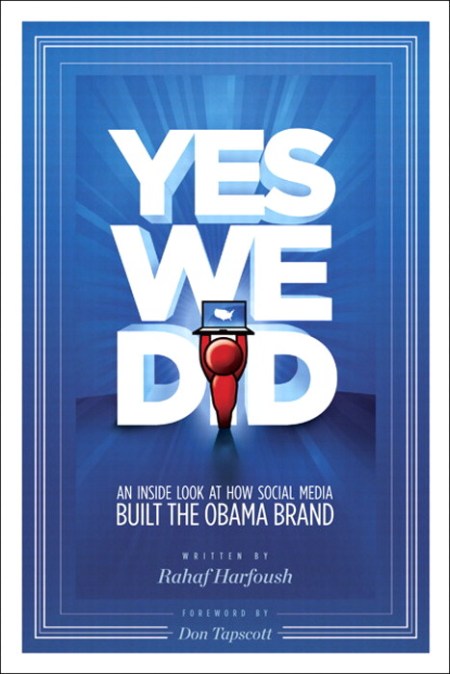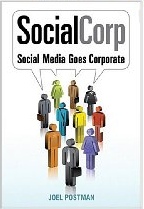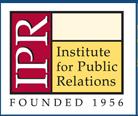
Book Review
Yes We Did
An inside look at how social media built the Obama brand
By Rahaf Harfoush
New Riders/Voices that Matter. 2009. 199 p.
WASHINGTON (AFP) — The White House provided a live stream on Tuesday of President Barack Obama’s press conference on Facebook allowing users to give instant feedback on his remarks about Iran, health care other topics.
Hundreds of Facebook members from around the world posted their comments on a message board next to a video of the news conference while it was being shown live by the White House at apps.facebook.com/whitehouselive.
This happened yesterday. And it’s nothing new.
Among the things helped Obama win the national election last fall were the campaign’s savvy use of social media.
Author Rahaf Harfoush disclaims any intent to provide a how-to manual, but you can bet that many of Obama’s online communication strategies will be common in all political campaigns from this point forward.
Harfoush says the campaign’s success resulted from refinement—not invention. The team improved on social media tools to build a scalable organization with national reach. That allowed Democrats to compete in areas they had been unable to penetrate before.
This book offers a behind-the-scenes look at the 2008 presidential election and was written by an enthusiastic Democratic activist. So you may (or may not) need to set your politics aside.
The hub of the campaign’s communications was the web site, my.barackobama.com. Early supporters adopted the platform to continue and extend the organizing they had already been doing. They connected with Obama supporters outside their personal networks and amplified their organizational efforts.
“Nothing is more convincing or more powerful than hearing a story from someone just like you,” Harfoush says. “Keep it real and keep it local.” The MyBO web site allowed users to create events, exchange information, raise funds, and connect with voters nearby. More than 3 million people created an account on MyBO. They uploaded contacts from their Outlook and Gmail address books and invited their extended social network to joining MyBO. They created special interest groups like Electricians for Obama, Texas for Obama, and Women for Obama. They used the site to organize more than 200,000 offline events.
Supporters from across the country could log in and write a note of encouragement to precinct captains and volunteers. Through a unique fundraising campaign, previous donors were asked to match someone’s first-time donation.
Howard Dean’s presidential campaign was notable for its online fund raising success, yet was unable to convert online enthusiasm into actual votes, Harfoush says. When the Obama camp built their online grassroots movement, they ensured that online organizing translated into offline action.



 Posted by paul baker
Posted by paul baker 
